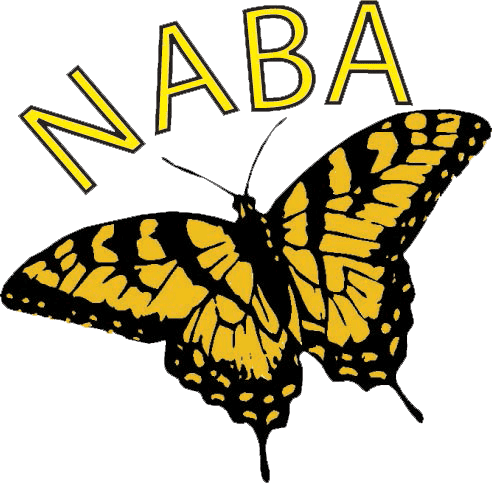
New England Aster
(Aster novae-angliae)
Colorful fall flowers blooming over an extended period (often until frost) make New England Aster an key butterfly garden plant. Asters as a group provide a large number of flowers per plant (and large amounts of butterfly nectar) at a time of the year when nectar sources are low.
When combined in the garden with goldenrods, the two plants will provide color and nectar at a time of the year when both can be in short supply.
Importance as a butterfly nectar source:
A wide variety of butterflies flock to New England Aster as a late season nectar plant.
Importance as a caterpillar food source:
Pearl Crescent caterpillars use New England Aster as a food source. The Pearl Crescent is widely distributed making New England Aster a good plant to try if you wish to observe caterpillars.

Cultural Requirements
| USDA Hardiness Zone | 3 to 9 |
| Bloom Period | September to October |
| Bloom Color | Violet to purple ray flowers with orange centers |
| Plant Height | 4 to 6 feet |
| Plant Spread | Varies |
| Light Exposure | Full to part sun |
| Soil Moisture | Moist |
| Animal/Disease Problems | Powdery mildew may be a problem |

Native Range


Plant Rating
Plant rating scale ranges from 0 to 3. Plants rating 3 are the most useful for butterfly gardens. For more details on the ratings, see Native Plant Ratings
| Garden Rating | 3 |
| Nectar Rating | 3 |
| Caterpillar Rating | 1 |

Plant Reviews
Madison, NJ: The selection ‘Hella Lacy’ shows some resistance to powdery mildew. Pinching back the stems in late June produces bushier, thicker plants.


